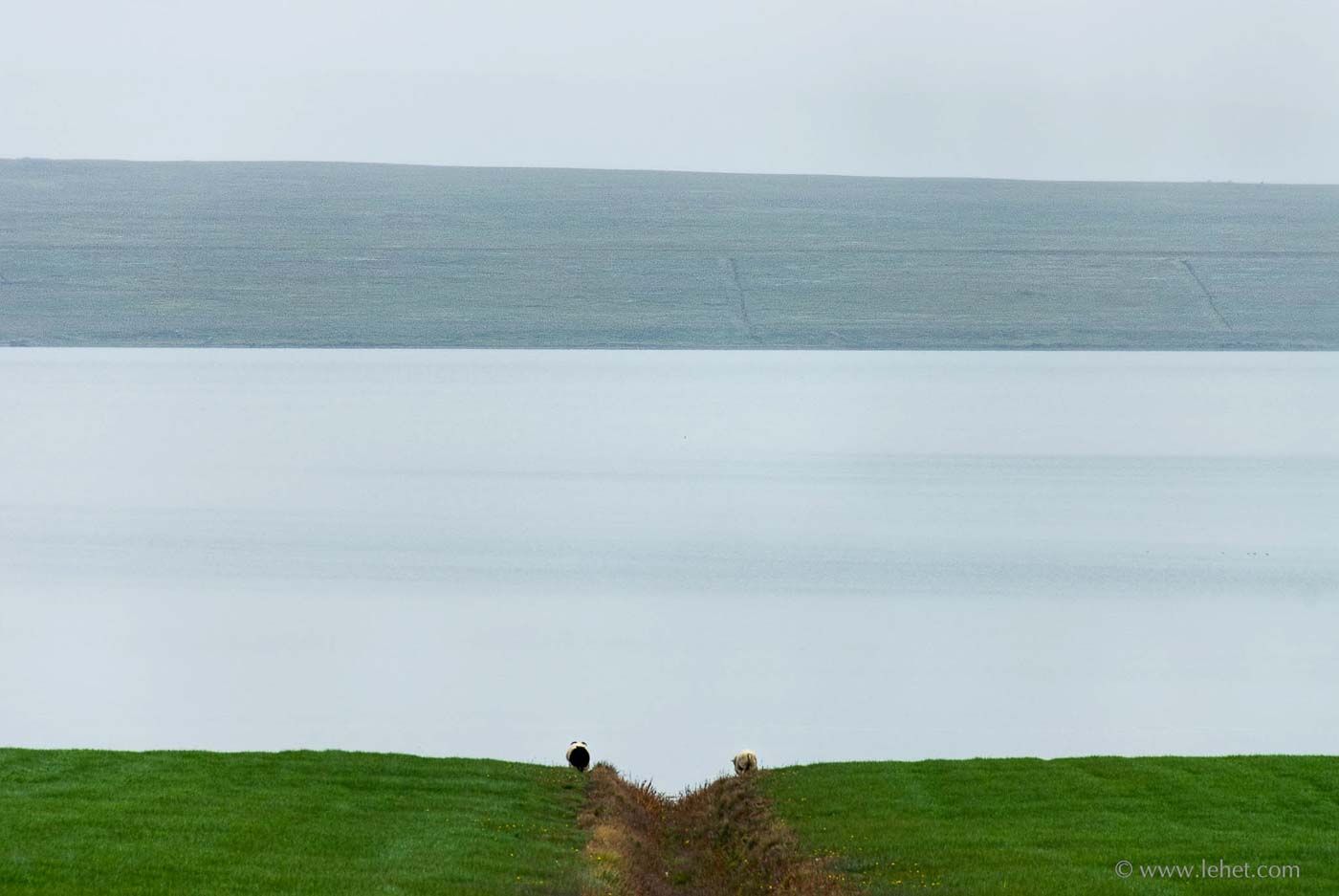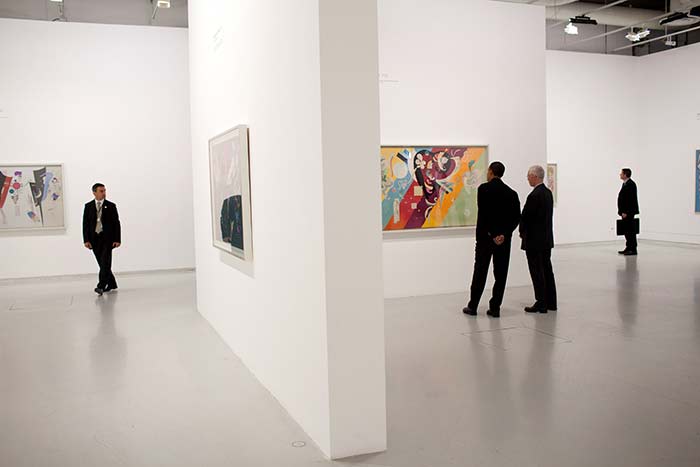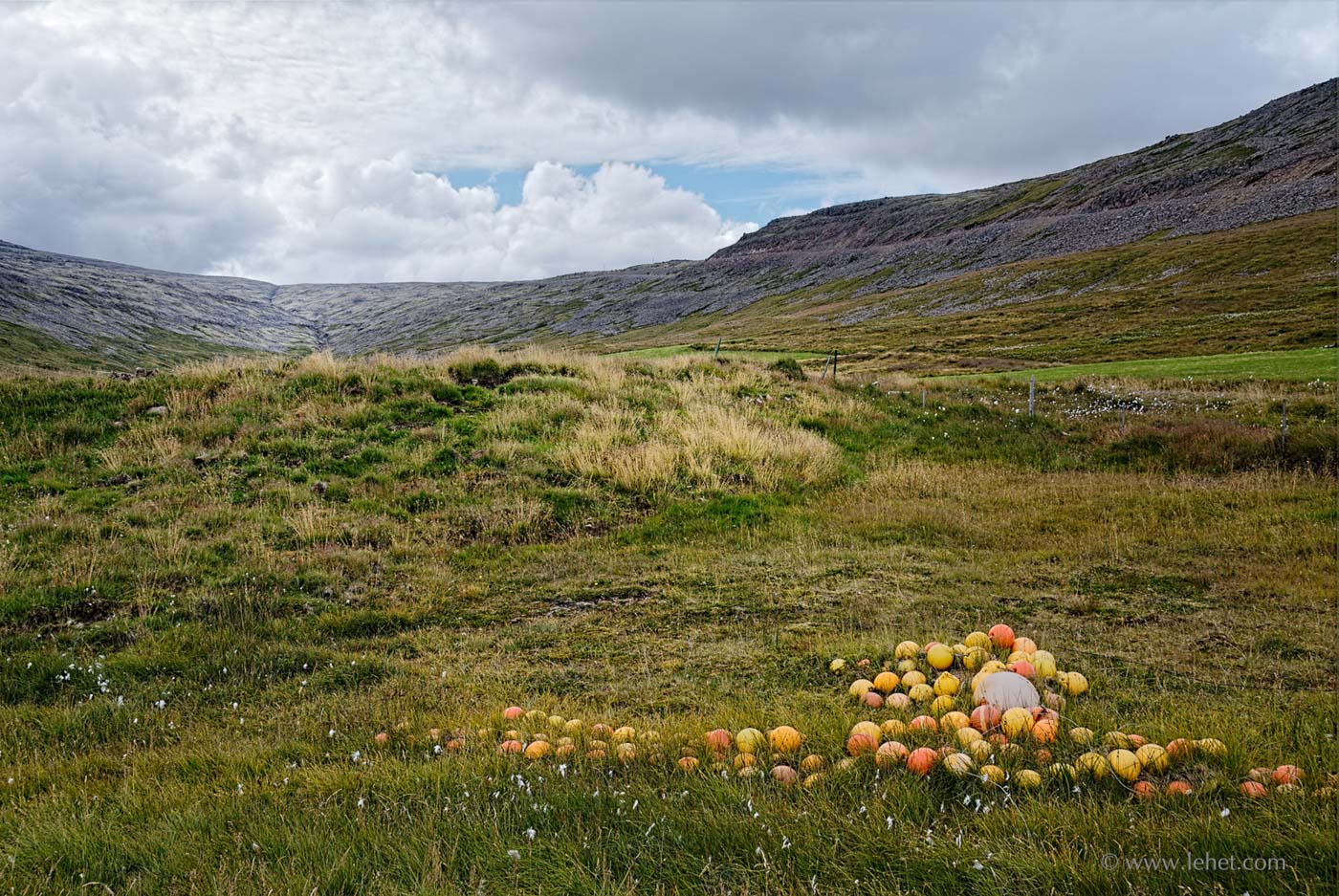
This print is for sale and in more detail here.
A short, very helpful story goes like this:
A musician asked the Buddha, “How should I meditate?”
The Buddha asked, “How do you tune your instrument?”
The musican replied, “Not too tight, not too loose.”
“Just so, you should work with your mind.”
OK, so what does that mean, and why am I writing about it on a photography blog with Iceland photos featured this week?
My take on the very simple, but not so simple, instruction by the Buddha is that he was talking about how much effort to apply to mindfulness — which is the effort we exert to contact the already existing ground of awareness. The thing that makes this infinitely interesting is that the “sweet spot,” not too tight, not too loose, will always depend on what you are working with, on the nature of your own mind. Ken McLeod has compared this very aptly to riding a bicycle, which is never a static process. You lean a little bit one way, a little the other way, always getting back to balance.
So the way this relates to my photography is that in this mental balancing in meditation, it depends on a lot of things. For one thing, it depends on how much energy you are working with.
And in the composition of a photograph, hopefully there is energy. Maybe a little, maybe a lot. It can all work, whether a lot, a little, or in between, and it’s a balancing act. Just as in meditation, photographic composition can be quite paradoxical. When there is very little energy, connection with stillness — or in a photograph maybe a minimalist composition — there can actually then be a lot of energy as a result of that. In the meditation there might be some bliss in that stillness, or a lot of energy as one suddenly contacts fear of the vastness one might sense in that stillness. A quiet photograph can soar and sing. Conversely, a lot of energy in an agitated mind — or in a wild composition — can actually lose some kind of power, but not necessarily. It’s just a question of how to work with that extra energy. It takes skill and practice.
I’m pleased with the photo above, the black and white sheep separated by a ditch. It has balance; it’s quiet, but out of that some energy pushes out. In this case I had to make the quiet tones sing and become something more than a gray day. It wasn’t easy, but maybe it was easier than working with a lot of energy.
When I was young, I used to try to put a lot of energy into a composition, and it was hard. Of course I’ve always liked Van Gogh, who puts incredible energy into relatively simple compositions. But another interesting case, I’ve mentioned before, is Vasily Kandinsky. His compositions are full of incredible energy. I was drawn to them when I was young, and even more now. Now I look at them and say, “That is mind!” But it’s hard to do that, to work with a lot of energy. When I was young I tried and failed a lot. Now I inch my way toward full-blown expressions of energy, sometimes, while more often appreciating something quiet.

Barack Obama tours the Centre Pompidou modern art museum, Vassily Kandinsky on the walls
The different streams of meditation practice that have evolved since the time of the Buddha have evolved different approaches in how to deal with a lot of energy-in-mind. The subject goes far beyond the scope of this post, or my qualifications to write on such an exhaustive subject. But one approach favored by the Tibetans is very interesting: Space. Can you get in touch with space, with vastness bigger than the tangle of energy in your mind? Be bigger than the wild energy in your mind. It takes practice, but it can work. Interestingly, part of what makes the wild paintings work in the museum context is the space around them. The room is clean, open, white, relatively vast.
So, here’s another Iceland image with maybe more energy than the two sheep by the fjord. These vibrant beached fishing floats are within a vast space. Ahh, let them be there.

This print is in more detail and for sale here.
